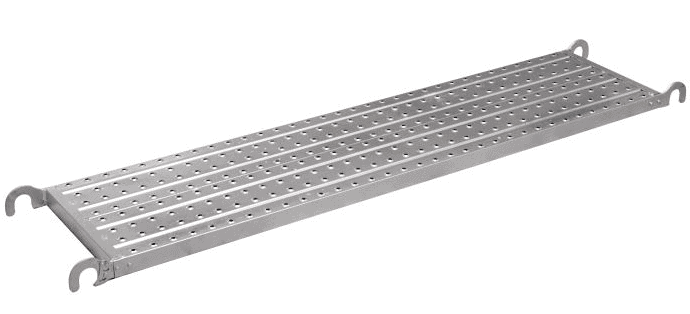Plank Scaffolding: Everything You Need to Know

Plank scaffolding is a type of scaffold that is made up of planks and beams. It is a very sturdy scaffold that can be used for both indoor and outdoor construction projects. In this blog post, we will discuss the different types of plank scaffolding, as well as the benefits of using this type of scaffold. We will also provide you with a few tips on how to set up plank scaffolding correctly.
There are several different types of plank scaffolding, including:
– standard plank scaffold
– walkthrough plank scaffold
– rolling plank scaffold
Standard plank scaffolds are the most common type of plank scaffold. They are made up of planks and beams that are attached to each other with metal brackets. Standard plank scaffolds are very sturdy and can be used for both indoor and outdoor construction projects.
Walkthrough plank scaffolds are similar to standard plank scaffolds, but they have a walk-through frame that allows workers to move easily from one side of the scaffold to the other. This type of scaffold is ideal for use in tight spaces or when there is a need to move quickly between work areas.
Rolling plank scaffolds are similar to walkthrough plank scaffolds, but they have wheels that allow them to be moved easily from one job site to another. This type of scaffold is ideal for use in tight spaces or when there is a need to move quickly between work areas.
There are several benefits of using plank scaffolding:
– plank scaffolds are very sturdy and can be used for both indoor and outdoor construction projects.
– plank scaffolds are easy to set up and take down, which makes them ideal for use in tight spaces.
– plank scaffolds can be moved easily from one job site to another, which makes them ideal for use in multiple locations.
– plank scaffolds are an affordable alternative to other types of scaffolding.
Here are a few tips on how to set up plank scaffolding correctly:
– always read the manufacturer’s instructions carefully before setting up your plank scaffold.
– make sure that the base of the scaffold is level and solid before you begin to assemble the scaffold.
– use metal brackets to attach the planks and beams together. DO NOT use screws or nails, as these can loosen over time and cause the scaffold to collapse.
– make sure that all of the planks and beams are securely attached to each other before using the scaffold.
– never overload the scaffold with materials or workers. The maximum weight that should be on the scaffold at any time is 500 pounds.
